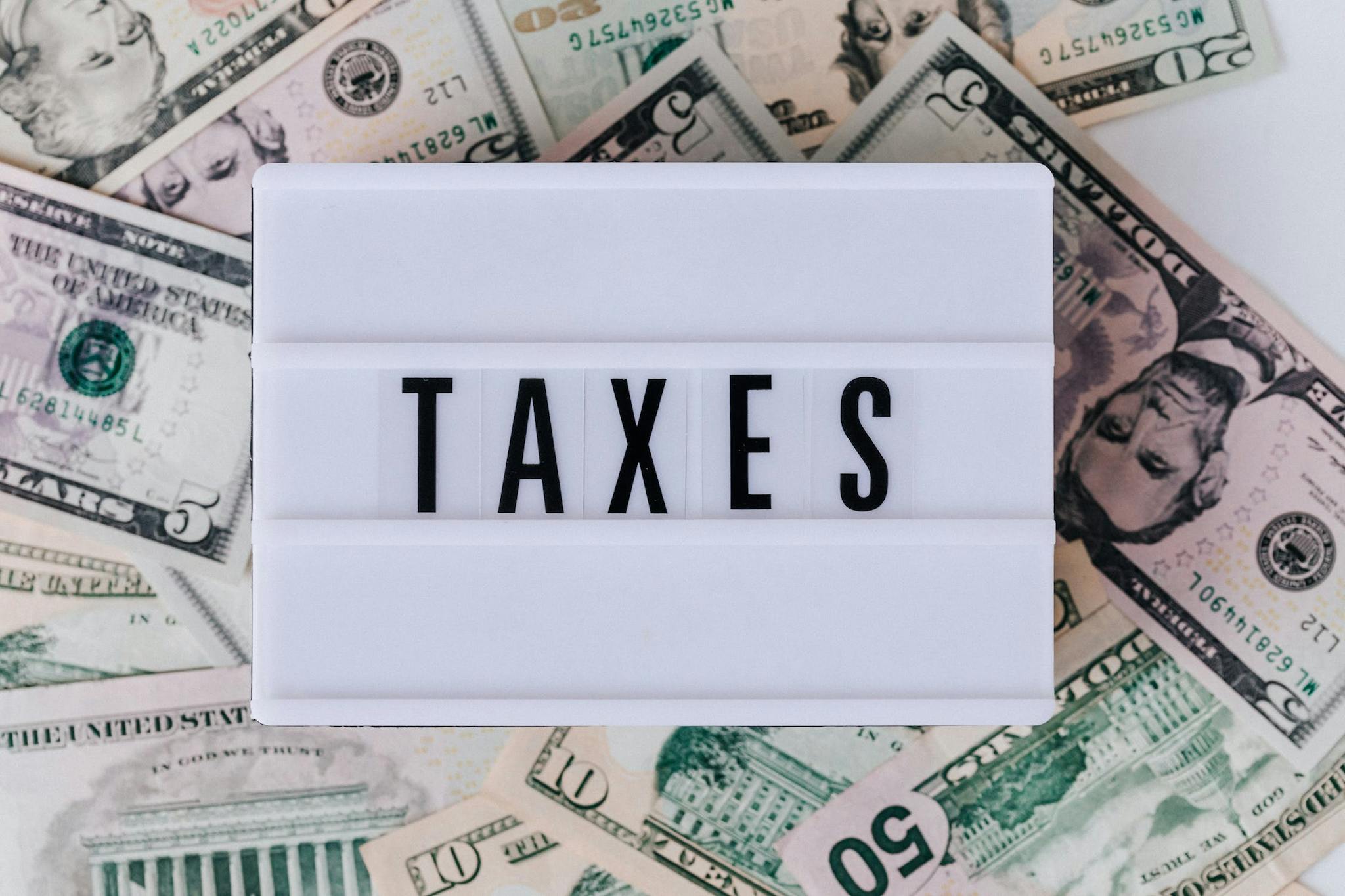
Investing is not just about generating returns; it's also about optimizing tax efficiency. Tax yield investments, also known as tax-efficient investments, are strategies designed to maximize after-tax returns by minimizing the impact of taxes on investment gains. In this article, we will explore various tax yield investment options and strategies that can help investors enhance their overall investment returns while effectively managing their tax liability.
1. Tax-Advantaged Accounts
One of the most effective ways to optimize tax efficiency is by utilizing tax-advantaged accounts. These accounts offer specific tax benefits that can help investors grow their investments while minimizing taxes. Some popular tax-advantaged accounts include:
a. Individual Retirement Accounts (IRAs): Traditional IRAs allow for tax-deductible contributions, while Roth IRAs offer tax-free withdrawals in retirement. By contributing to these accounts, investors can defer taxes on their investment gains or potentially eliminate them altogether.
b. 401(k) Plans: Employer-sponsored 401(k) plans provide a tax-advantaged way to save for retirement. Contributions are made on a pre-tax basis, reducing taxable income, and investment gains grow tax-deferred until withdrawal.
c. Health Savings Accounts (HSAs): HSAs offer triple tax benefits. Contributions are tax-deductible, investment gains grow tax-free, and withdrawals for qualified medical expenses are tax-free. HSAs can be an excellent long-term investment vehicle for healthcare expenses.
2. Tax-Efficient Asset Allocation
Another key aspect of tax yield investing is optimizing asset allocation to minimize tax liability. This involves strategically allocating investments across different asset classes to take advantage of tax-efficient investments. For example:
a. Tax-Advantaged Bonds: Municipal bonds, also known as munis, are issued by state and local governments and offer tax advantages. The interest income generated from municipal bonds is generally exempt from federal taxes and, in some cases, state and local taxes. Investing in tax-exempt bonds can be an effective way to generate tax-free income.

b. Tax-Efficient Funds: Certain investment funds, such as index funds or exchange-traded funds (ETFs), are structured in a way that minimizes taxable distributions. These funds typically have low turnover, resulting in fewer taxable events for investors.
c. Capital Gains Management: Investors can strategically manage capital gains by employing tax-loss harvesting techniques. This involves selling investments that have experienced losses to offset capital gains and reduce taxable income. By carefully managing capital gains, investors can minimize their tax liability.
3. Dividend Reinvestment Plans (DRIPs)
Dividend reinvestment plans (DRIPs) allow investors to automatically reinvest dividends received from stocks or mutual funds back into additional shares. By reinvesting dividends, investors can compound their returns over time without triggering immediate tax liabilities. DRIPs can be an effective strategy for long-term investors looking to maximize their investment growth while deferring taxes.
4. Tax-Efficient Withdrawal Strategies
When it comes time to withdraw funds from retirement accounts, employing tax-efficient withdrawal strategies can help minimize tax liability. Some strategies to consider include:
a. Roth IRA Conversions: Converting funds from a traditional IRA to a Roth IRA can be a tax-efficient strategy, especially during years with lower income or when tax rates are expected to rise. While the conversion itself triggers taxes, future withdrawals from the Roth IRA are tax-free.

b. Required Minimum Distributions (RMDs): Once individuals reach the age of 72 (or 70 ½ for those born before July 1, 1949), they are required to take minimum distributions from their retirement accounts. Careful planning and managing RMDs can help minimize the impact of taxes on these distributions.
Tax yield investments are an essential component of a well-rounded investment strategy. By utilizing tax-advantaged accounts, optimizing asset allocation, employing tax-efficient withdrawal strategies, and considering dividend reinvestment plans, investors can maximize their after-tax returns while minimizing their tax liability. It is crucial to consult with a qualified tax advisor or financial planner to tailor these strategies to individual circumstances and ensure compliance with tax laws. By implementing tax yield investment strategies, investors can enhance their overall investment performance and achieve their financial goals.




